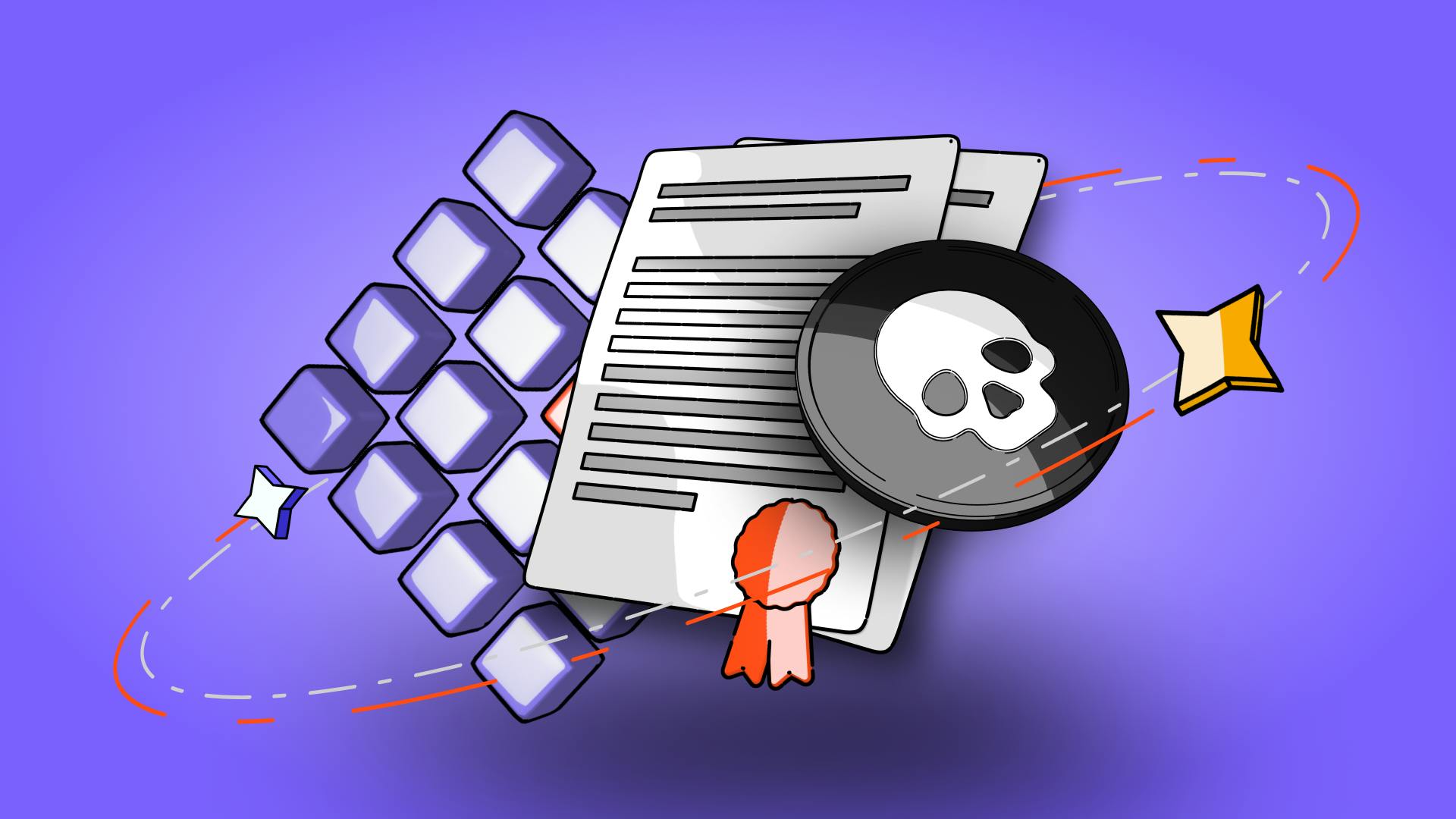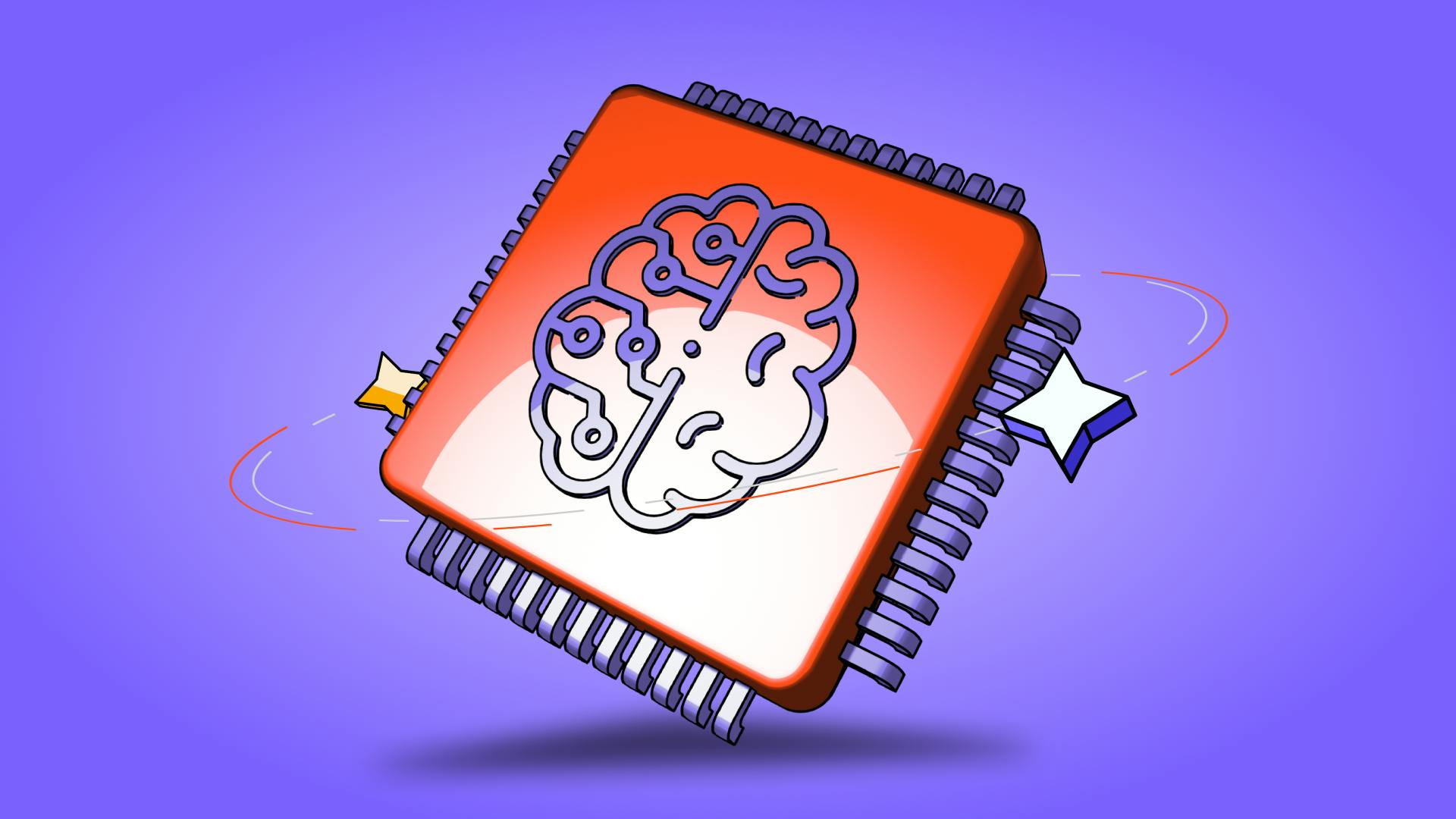Smart Contract Vulnerabilities: Case Studies of Major Exploits
13 de mayo de 2024

by
13 de mayo de 2024
Smart contracts are automated agreements embedded in blockchain technology. They execute the terms of a contract when certain conditions are met, eliminating the need for intermediaries. This innovation is crucial for various applications, from finance to logistics, ensuring transparency and reducing the likelihood of disputes. However, the benefits come with risks. The immutable nature of blockchain means that once a smart contract is deployed, it cannot be altered. This rigidity, while enhancing transparency, increases the stakes significantly. Mistakes or vulnerabilities in the code can lead to irreversible losses, emphasizing the need for meticulous development and rigorous security measures. These high stakes underline the importance of smart contracts in modern finance and beyond, driving the need for continuous improvement in their security protocols.
Each of the following vulnerabilities points to the necessity of rigorous testing, validation, and adherence to best practices in smart contract design to safeguard assets against potential exploits.
Integer overflow and underflow happen when a value is incremented beyond the maximum or decremented below zero, causing the variable to wrap around to an incorrect value. This vulnerability can lead unauthorized users to gain access to tokens or funds. For instance, if a smart contract does not correctly check the balances during transfer operations, an attacker could exploit this to extract amounts they shouldn’t possess, leading to substantial financial discrepancies.
A denial of service in smart contracts typically involves overloading functions to make them unresponsive. For example, if a contract performs bulk operations without proper gas management, an attacker might initiate a loop of operations that consume all allocated gas, effectively stalling the system. Good design practices, such as implementing gas limits and avoiding loops in critical functions, can help prevent these issues, ensuring the contract remains operational under adverse conditions.
The Poly Network hack demonstrated the catastrophic impact of missing input validation in a cross-chain operation. Attackers manipulated contract interactions across multiple blockchains by exploiting a lack of proper input checks, altering the behavior of contracts to unauthorized ends. This led to one of the largest thefts in decentralized finance, emphasizing the critical need for robust validation mechanisms in smart contracts to verify all inputs thoroughly before processing.
The DAO hack remains one of the most infamous events in cryptocurrency history. In 2016, attackers exploited a vulnerability in The DAO, a decentralized autonomous organization on Ethereum, allowing them to siphon off a third of its funds—about $50 million in Ether. As mentioned above, this attack exploited reentrancy flaws in The DAO's code, where the recursive calling of the withdrawal function enabled the theft of funds before the balance update could occur. The severity of the attack led to a controversial decision to hard fork Ethereum to restore the lost funds, resulting in a split that created Ethereum Classic.
In 2017, a bug in the Parity Wallet's multisig contract led to the freezing of over $150 million worth of Ether. The vulnerability was due to a flaw in the wallet’s smart contract code that allowed an unauthenticated user to become the contract owner and subsequently destroy it, which froze all funds held in Parity's multi-signature wallets. This incident highlighted the risks of unintended permissions in smart contract code.
In the 2018 Bancor Network hack, attackers gained control of a wallet with elevated permissions for smart contract upgrades. They exploited this access to execute the "transferFrom" function unauthorized, stealing $13.5 million in cryptocurrencies, including Ethereum and Pundi X tokens. Bancor could only freeze its native BNT tokens, partially mitigating the loss. The breach highlighted significant lapses in access control and security protocols within Bancor's system.
The Poly Network heist in 2021 marks the largest theft in decentralized finance history, with over $600 million stolen across multiple blockchains. The attackers exploited a vulnerability in the network’s contract interactions, particularly the insufficient input data validation in cross-chain transactions. This allowed them to divert massive amounts of cryptocurrency to controlled addresses. The complexity and scale of the attack brought to light the critical need for robust cross-chain security measures and thorough testing of smart contract interactions.
To enhance the security of smart contracts and reduce the risk of exploits, several strategies have been developed. Each plays a critical role in ensuring the integrity and reliability of these digital agreements.
Smart contract audits are crucial for identifying vulnerabilities before a contract is deployed. Conducting audits through multiple reputable firms provides a broader range of checks and balances, enhancing the detection of potential flaws. These comprehensive reviews ensure that the smart contracts function as intended under various conditions, significantly reducing the risk of costly errors.
Tools like SmartCheck scan smart contracts for common vulnerabilities automatically. These tools play a vital role in the early stages of smart contract development, allowing developers to swiftly identify and fix security flaws. By integrating such tools into the development lifecycle, teams can ensure higher security standards and more robust contract deployments.
Formal verification involves mathematically proving the correctness of algorithms underlying a smart contract. This method, along with rigorous testing regimes, ensures that contracts perform correctly across all possible states and inputs. Implementing these techniques reduces the risk of bugs that could lead to security breaches, making the contracts more secure and reliable.
Bug bounty programs incentivize the community to find and report security flaws. By offering rewards for identifying vulnerabilities, these programs tap into a global talent pool, bringing diverse perspectives to securing smart contracts. This collaborative approach helps to uncover and mitigate risks that internal teams might overlook.
Each of these strategies, and others, are essential for building trust and security in the deployment of smart contracts, safeguarding assets, and maintaining the integrity of digital transactions on blockchain platforms. However, efforts to secure smart contracts may extend beyond these methods, utilizing the most sophisticated resources and expertise available. This includes engaging with specialized security professionals who bring advanced knowledge and innovative practices to strengthen the security framework of blockchain applications.
New technologies like verifiable delay functions are gaining traction as tools to enhance smart contract security. These functions require a predetermined amount of time to execute, preventing manipulation through the rapid submission of transactions. This approach can deter certain attacks that exploit timing vulnerabilities, contributing to a more secure blockchain environment. By integrating these functions, developers can provide additional layers of security, ensuring that transactions are processed fairly and predictably.
As smart contracts become increasingly prevalent, regulatory frameworks are evolving to match the pace of technological advancements. Governments and international bodies are working to establish standards that ensure smart contracts' security, legality, and compliance. These regulations aim to protect users and foster a stable environment for blockchain innovations to thrive. Standardization efforts, such as those led by the International Organization for Standardization (ISO), are crucial in defining security requirements and protocols that maintain the integrity and trustworthiness of smart contracts.
These advancements in technology and regulation are pivotal in shaping the future landscape of smart contract security, providing the necessary tools and guidelines to mitigate risks and enhance the reliability of decentralized applications.
Smart contracts, automated agreements embedded within blockchain technology, play a pivotal role in various industries by executing contractual terms autonomously. This technological innovation ensures transparency and reduces dispute likelihood, but not without risks. The immutability of blockchain means that once deployed, a smart contract cannot be altered, increasing the stakes significantly. Any coding errors or vulnerabilities can lead to irreversible losses, underscoring the need for meticulous development and stringent security measures.
The highlighted vulnerabilities, including reentrancy attacks, integer overflow and underflow, denial of service, and missing validation, stress the importance of rigorous testing and adherence to best practices in smart contract design to protect assets. Notable exploits such as The DAO hack, Parity Wallet freeze, Bancor Network hack, and Poly Network heist further illustrate the catastrophic impacts of such vulnerabilities and the necessity for robust security protocols.
Mitigation strategies like comprehensive audits, automated security tools, formal verification and testing, and bug bounty programs are crucial. They provide multiple layers of security, helping to identify and rectify vulnerabilities before deployment and ensuring the integrity and reliability of these digital agreements.
As smart contracts evolve, so will the technologies and approaches to enhance security. Innovations such as verifiable delay functions and the ongoing development of regulatory frameworks are essential in shaping the future security landscape of smart contracts. These efforts, along with the engagement of specialized security professionals, are critical in leveraging advanced knowledge and practices to strengthen the security frameworks of blockchain applications. There is a pressing need for the blockchain ecosystem's developers and stakeholders to prioritize and invest in security measures, safeguarding assets, and maintaining the integrity of digital transactions through evolving technological and regulatory advancements.
Join the Coinmetro community on Discord and Telegram, where forward-thinking traders and investors gather to share insights, explore new opportunities, and dive deep into cryptocurrencies. Should you need any help, please contact our world-class Customer Support Team via 24/7 live chat or email at hello@coinmetro.com.
To become a Coinmetro user today, Sign Up now, or head to our new Exchange if you are already registered to experience our premium trading platform.
Etiquetas
Artículos relacionados

Ticketing NFT: Revolucionando la Gestión de Eventos y las Experiencias de los Fans
¿Sabías que aproximadamente el 12% de las entradas para eventos son falsificadas, lo que lleva a millones en pérdida de ingresos y fans decepcionados…
10m

4 Proyectos de IA Descentralizada a Observar en 2024
La intersección de la IA y el blockchain abre puertas a nuevas posibilidades, fomentando un enfoque colaborativo y más transparente hacia los…
12m

¿Qué son los ataques de envenenamiento de direcciones?
Los ataques de envenenamiento de direcciones son una estafa de criptomonedas en la que los atacantes crean direcciones de monederos falsas que imitan…
6m

El Auge de Social-Fi: Combinando las Redes Sociales con las Finanzas Descentralizadas
En los últimos años, las líneas entre las redes sociales y las finanzas han comenzado a difuminarse, dando lugar a un concepto innovador conocido…
9m